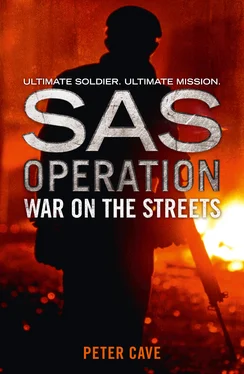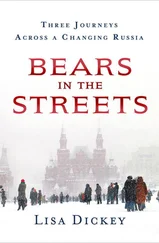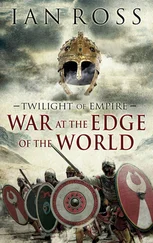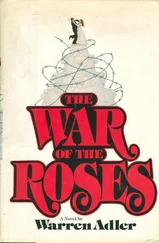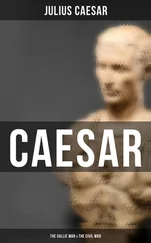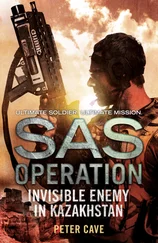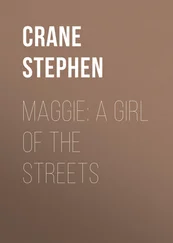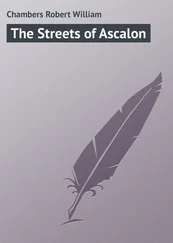Grieves followed the direction of his gaze. ‘I take it you recognize McMillan,’ he muttered.
It clicked, finally. Alistair McMillan, Commissioner, Metropolitan Police. Davies must have seen the man’s picture a dozen times over the past few years. Seeing him out of uniform had thrown him off track.
‘And his colleague?’ he asked.
‘Commander John Franks, Drugs Squad,’ Grieves volunteered. ‘Now you know almost as much as I do.’
‘But not for much longer, I hope,’ Davies observed. The Home Secretary had just entered the conference room, flanked by two more parliamentary secretaries. Davies recognized Adrian Bendle from the Foreign Office, and wondered what his presence signified.
The Home Secretary wasted little time. He moved to the octagonal walnut conference table, laying down his papers, and nodding around the room in general greeting. ‘Well, gentlemen, shall we get down to business?’ he suggested as soon as he was seated. He glanced over at Wynne-Tilsley as everyone took their seats. ‘Perhaps you’d like to make the formal introductions and we can get started.’
Introductions over, the Home Secretary looked at them all gravely. ‘I suppose I don’t really need to remind you that this meeting is strictly confidential and unofficial?’
Davies smiled to himself, momentarily. Just as he had suspected, it was one of those. That accounted for the absence of an official recorder in the room. Pulling his face straight again, he joined in the general nods of assent around the table.
‘Good,’ the Home Secretary said, and nodded with satisfaction. He glanced aside at the young parliamentary secretary who had accompanied him. ‘Perhaps if you could close the curtains, we can take a look at what we’re up against.’
The young man rose, crossed the conference room and pulled the thick velvet curtains. Pressing a remote-control panel he held in his hand, he switched on the large-screen video monitor in the far corner of the room.
As the screen flickered into life, the Home Secretary continued. ‘Most of you will probably have seen most of these items on the news over the past few months. However, it will be useful to view them all again in context, so that we can all see the exact nature of the enemy.’
He fell silent as the first of a series of European news reports began.
Davies recognized the first one at once. It was the abduction of the Italian wine millionaire Salvo Frescatini in Milan, some three months previously. The report, cobbled together from amateur video footage, police reconstructions and television news clips, covered the kidnapping, in broad daylight, the subsequent ransom demands of the abductors and the final shoot-out when the Italian police tracked the gang down. It was a bloody encounter which had left eight police officers dead and a score of innocent bystanders wounded. The film ended with a shot of the hostage as the police had finally found him – his trussed body cut to shreds by over two dozen 9mm armour-piercing slugs from Franchi submachine-guns. The kidnappers had been armed like a combat assault team, and were both remarkably professional in their methods and utterly ruthless.
The sequence ended, the venue switching to Germany and more scenes of murderous violence. Angry right-wing mobs razing the hostels of immigrant workers to the ground, desecrated Jewish cemeteries and clips of half a dozen racist murders.
A student riot at the Sorbonne in Paris came next, with graphic images of French riot police lying in pools of their own blood after protest placards had given way to clubs, machetes and handguns.
The screen suddenly went blank. Daylight flooded into the conference room once more as the curtains were drawn back. The Home Secretary studied everyone at the table for a few seconds.
‘France…Italy…Germany,’ he muttered finally. ‘The whole of Europe seems to be suddenly exploding into extremes of violence. Our fears, gentlemen, are that it may be about to happen here.’
There was a long, somewhat shocked silence in the room, finally broken by Adrian Bendle. ‘Perhaps I could take up the story from here, Home Secretary?’ the Foreign Office man suggested.
The Home Secretary agreed with a curt nod, sitting back in his chair. Bendle took centre stage, standing and leaning over the table.
‘As you’re probably aware, gentlemen, we now work in fairly close co-operation with most of the EC authorities,’ he announced. ‘Quite apart from our strengthened links with Interpol, we also liaise with government departments, undercover operations and security organizations. Through these and other channels, we have pieced together some highly unpleasant conclusions over the past few months.’ He paused for a while, taking a breath. ‘Now the violent scenes you have just witnessed would appear, at face value, to be isolated incidents, in different countries and for different reasons – but not, apparently, connected. Unfortunately, there is a connection, and it is disquieting, to say the least.’ There was another, much longer pause before Bendle took up the story again.
‘In every single one of the preceding incidents, there is a common factor,’ he went on. ‘In those few cases where the authorities were able to arrest survivors – but more commonly from post-mortems carried out on the corpses – all the participants in these violent clashes were found to have high concentrations of a new drug in their systems. It is our belief, and one echoed by our European counterparts, that this is highly significant.’
Commissioner McMillan interrupted. ‘When you say a new drug, what exactly are we talking about?’
Bendle glanced over at Grieves. ‘Perhaps you’re better briefed to explain to the commissioner,’ he suggested.
Grieves climbed to his feet. ‘What we appear to be dealing with here is a synthetic “designer” drug of a type previously unknown to us,’ he explained. ‘Whilst it is similar in many ways to the currently popular Ecstasy, it also seems to incorporate some of the characteristics, and the effects, of certain of the opiate narcotics and some hallucinogens. A deliberately created chemical cocktail, in fact, which is tailor-made and targeted at the youth market. Initial tests suggest that it is cheap and fairly simple to manufacture in massive quantities, and its limited distribution thus far could only be a sampling operation. If our theories are correct, this stuff could be due to literally flood on to the streets of Europe – and this country is unlikely to prove an exception.’
‘And the connection with extremes of violence?’ Commander Franks put in.
‘At present, circumstantial,’ Grieves admitted. ‘But from what we know already, one of the main effects of this drug is to make the user feel invulnerable, free from all normal moral restraints and totally unafraid of the consequences of illegal or immoral action. Whether it actually raises natural aggression levels, we’re not sure, because we’re still conducting tests. But what our boffins say quite categorically is that the use of this drug most definitely gives the user an excuse for violence – and for a lot of these young thugs today, that’s all they need.’
The Home Secretary took over again. ‘There are other, and equally disquieting factors,’ he pointed out. ‘Not the least of which is the appalling growth of radical right-wing movements and factions which seem to be popping up all over Europe at the moment. Many, if not all, of the incidents you have just seen would appear to be inspired by such ethology. The obvious conclusion is both inescapable and terrifying.’ He broke off, glancing back to Grieves again. ‘Perhaps you could explain our current thinking on this, Mr Grieves.’
Grieves nodded. ‘In everything we have seen so far, two particularly alarming factors stand out. One is the degree of organization involved, and the second is the degree and sophistication of the weaponry these people are getting hold of. We’re not talking about kids with Stanley knives and the odd handgun here, gentlemen. We’re dealing with machine-pistols, sub-machine-guns, pump-action shotguns – even grenades.’
Читать дальше
